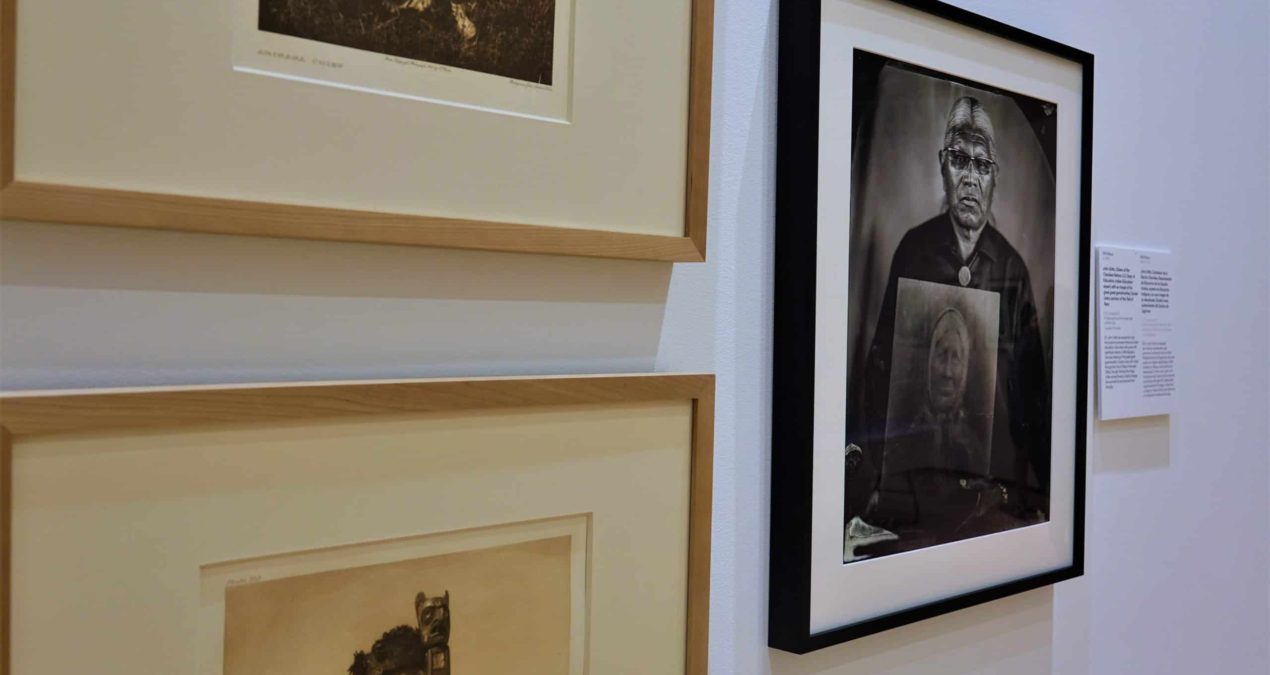JAMAAL K. WAIREGI, Staff Writer—
As Denison welcomes back its arts and creative endeavors, the Denison Museum’s exhibition “In Conversation: Will Wilson” ushers themes of representation, understanding, and identity onto the campus.
Diné photographer Will Wilson’s tintype photographs of his Critical Indigenous Photographic Exchange project capture the lives and stories of Native Americans through a contemporary lens. His photographs achieve a certain sincerity: narratives are preserved by their medium and integrity is held through their true depictions of Native American culture.
As stated on Wilson’s website, with his works he intends to “ensure that the subjects of [his] photographs are participating in the re-inscription of their customs and values in a way that will lead to a more equal distribution of power and influence in the cultural conversation.” This meaning to depict the truth is furthered by the apps “Talking Tintypes” and “Layar”: through their “augmented photographic experience,” viewers will be able to observe the people behind the camera.
His works are partly inspired by the work of Edward Curtis, an American photographer whose focus was the American West and Native American culture. One of the first to take on an endeavor like this, Curtis set out to make a catalog of Native American representation. Between 1907 and 1930, he set out to build up a series of photographs of Native Americans and their lives, which would turn out to make up his book The North American Indian. His work, while ambitious for the time, did not. Anything that suggested modernity was cut from the shot. Curtis “brought many biases of his time to the project,” the museum explains. Will Wilson set out to redefine these notions.
A variety of Denison’s courses will involve the themes of this exhibit. Anthropology, Sociology, Global Commerce, and the Writing Workshop, just to name some, intend to use Willson’s artworks as a device for their curriculum.
Other works, such as Wilson’s Connecting the Dots project, which shows the effects of environmental damage on the Navajo Nation, and Mola finery, a hand-made textile art form, are also present for students to observe.
This exhibit will run until November 19th. Wilson will be visiting campus on October 28 and 29 to speak about his works in-depth, as well as give students hands-on demonstrations of the tintype process. More about his work can be explored on his website willwilson.photoshelter.com.

